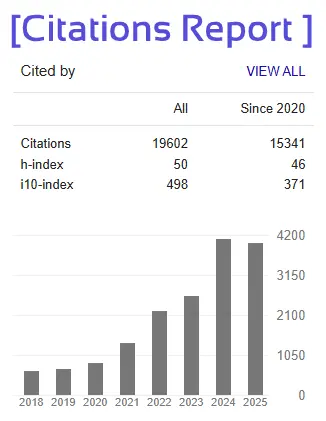A Novel Approach for Identifying Adverse Drug Reaction Using Graph Neural Networks and Self Supervised Learning
1 Dr. G. Apparao Naidu
Professor and Principal, Department of Computer Science and Engineering Vignan’s Institute of Management and Technology for Women, Hyd.
Email: Naidug@gmail.com
3 Pamula Yemeema
UG Student, Department of Computer Science and Engineering Vignan's Institute of Management and Technology for Women, Hyd.
Email: yemeemapamula@gmail.com
2 Kasula Nithya Sri
UG Student, Department of Computer Science and Engineering Vignan's Institute of Management and Technology for Women, Hyd.
Email: kasulanithyasri@gmail.com
4 Dandugula Rajeshwari
UG Student, Department of Computer Science and Engineering Vignan's Institute of Management and Technology for Women, Hyd.
Email: dandugula.rajeshwari87@gmail.com
Abstract—Adverse drug reactions (ADRs) stemming from drug–drug interactions pose a substantial global public health issue, negatively affecting mortality rates, patient morbidity, and the overall burden on healthcare systems. As therapeutic regimens grow more intricate and populations age, the challenge of identifying such ADRs intensifies. Most are only identified post-approval, through patient reports. Detecting these rare events during pre- market clinical trials has proven exceptionally difficult. We developed a predictive framework that can detect potential adverse effects before a drug reaches the market. This system leverages Graph Neural Networks (GNNs) enhanced with self-supervised learning to create rich, context-aware representations. By modeling drugs as molecular graphs and incorporating their three-dimensional structure and physicochemical attributes, the framework effectively simulates the intricate chemical interplay between compounds. We are using TwoSIDES dataset, which catalogues polypharmacy-related side-effect associations, where it delivered strong performance—around 75% precision and 91% accuracy on the test set. To further demonstrate its capabilities, we extended evaluation to a multi-class interaction-type prediction task using DrugBank data. In this, the model gained remarkable results, achieving 99% precision, F1 score, and overall accuracy, underscoring its robustness in both binary side- effect detection and detailed interaction classification. Our model sets a best foundation for future explorations in drug–drug interaction side-effect prediction and underscores the promising role of GNNs in molecular biology.
Keywords - Molecular biology, TwoSIDES dataset (Therapeutic Data Commons), Pre-market side-effect forecasting, Knowledge graph embeddings, Multi-modal graph modeling, Drug–drug interactions (DDIs), Adverse drug reactions (ADRs), Polypharmacy side effects.







